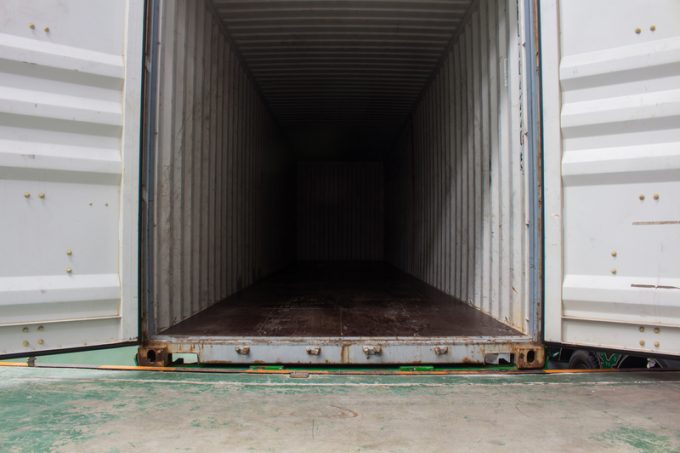Available extra box ship tonnage even harder to find this year
The number of cellular container vessels sold for recycling roughly halved last year, compared with ...

Despite more than two million teu of newbuild container vessels joining the global fleet so far this year, the pool of open tonnage remains at a record low.
This presents a significant challenge to carrier ship managers looking to compensate for schedule delays and essential dry-docking by tapping into the charter market.
According to a survey by Alphaliner, there were only 67 vessels, with a capacity of 195,159 teu, recorded as commercially idle on 12 August, ...
Volcanic disruption at Anchorage could hit transpacific airfreight operations
Shippers snap up airfreight capacity to US ahead of tariff deadline
New price hikes may slow ocean spot rate slide – but for how long?
Forwarders stay cool as US 'liberation day' tariffs threaten 'global trade war'
Tighter EU import requirements proving 'a challenge' for forwarders
Supply chain delays expected after earthquake hits Myanmar
Looming Trump tariffs will create 'a bureaucratic monster' for Customs

Comment on this article